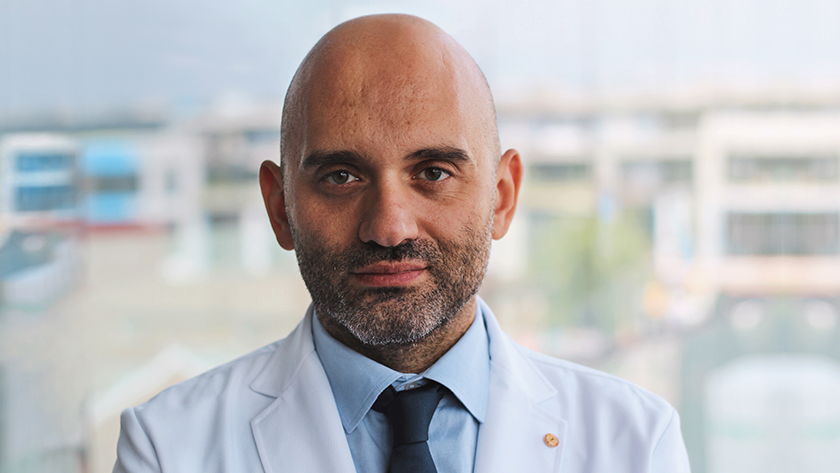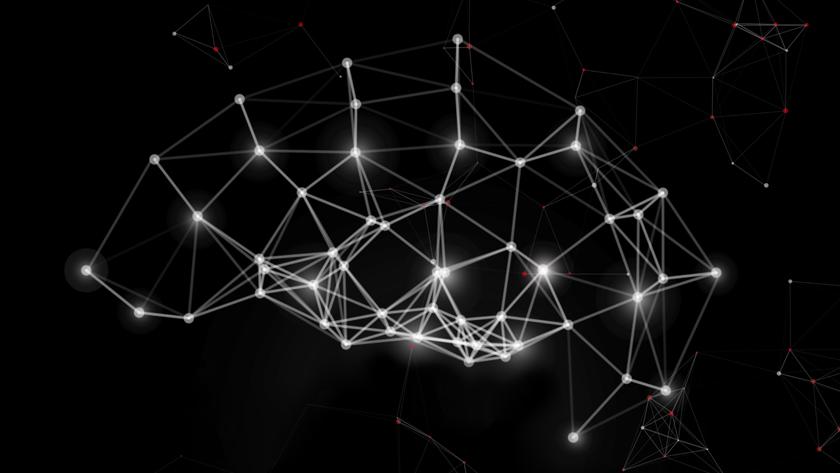
Researchers at the Krembil Brain Institute have developed a strategy to use patients’ brain activity to guide the programming of deep brain stimulation (DBS).
Many symptoms of neurological disorders, from tremors in Parkinson disease to seizures in epilepsy, are caused by neurons misfiring. DBS is a promising treatment for these disorders that uses electrodes implanted in the brain to send electrical impulses to change neuron firing patterns.
“There is no simple correct or incorrect way for neurons to fire; different firing rates and patterns underlie different behaviours depending on the brain regions involved,” explains Dr. Alfonso Fasano, a Krembil Clinician-Investigator, scientist at CRANIA and first author of the study. “Even with a successful surgery to implant DBS electrodes, it can be a difficult process of trial and error to find a stimulation pattern that improves a patient’s symptoms.”
In some conditions, such as Parkinson disease, symptoms can improve within minutes of applying an effective stimulation pattern. For others, such as epilepsy or the movement disorder dystonia, optimizing DBS treatment can be more difficult because it can take days or weeks to see if there has been an improvement.
Using a recent breakthrough in DBS technology that enables chronic recordings of brain activity, researchers led by Dr. Fasano developed a DBS programming strategy and tested it in two individuals—one with epilepsy and one with dystonia.
The team, which included researchers from Krembil, the KITE Research Institute and the Hospital for Sick Children, used implanted electrodes to record brain activity whenever a patient indicated that they were experiencing a particular symptom.
Using this information, the researchers identified unique patterns of neuron activity while symptoms were occurring in localized brain areas. Next, they programmed a series of electrical pulses targeted at these brain areas, which helped to reduce symptoms. For the individual with epilepsy, this approach reduced the number of seizures by over 90% over the two-week observation period, an outcome usually achieved over months of attempts. Similarly, within a few days, the individual with dystonia experienced sufficient symptom improvement to leave the ICU, where they were being treated for a life-threatening acute worsening of their condition.
“This approach is potentially game-changing. In addition to helping us tailor DBS to individual patients, this approach could eventually be used to create smart DBS that can respond to a patient’s changing symptoms in real-time,” concludes Dr. Fasano. “Our next steps will be to test this approach in more patients and compare its effectiveness with that of traditional approaches.”
This work was supported by the University of Toronto (UofT) and the UHN Foundation. CRANIA was established with support from the Canada Foundation for Innovation. Dr. Alfonso Fasano is scientist at CRANIA, a Professor at UofT and the Chair in Neuromodulation at UofT and UHN.
Fasano A, Gorodetsky C, Paul D, Germann J, Loh A, Yan H, Carlen PL, Breitbart S, Lozano AM, Ibrahim GM, Kalia SK. Local Field Potential-Based Programming: A Proof-of-Concept Pilot Study. Neuromodulation. 2022 Feb. doi: 10.1111/ner.13520.

CRANIA is a world-class center for the research and development of neuromodulation technologies and interventions in Toronto. To learn more about how Dr. Fasano and other CRANIA scientists are advancing DBS, visit CRANIA.ca.




